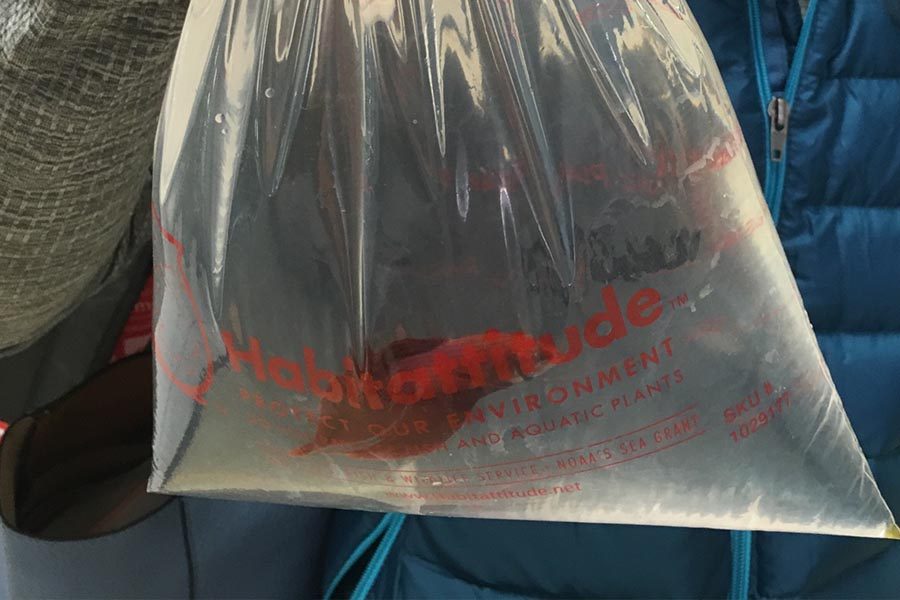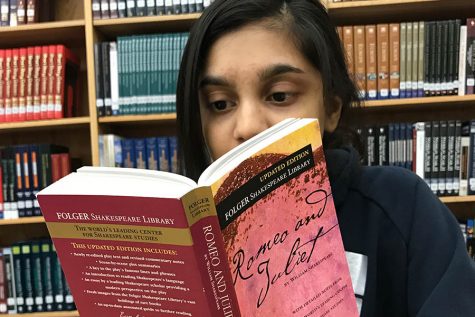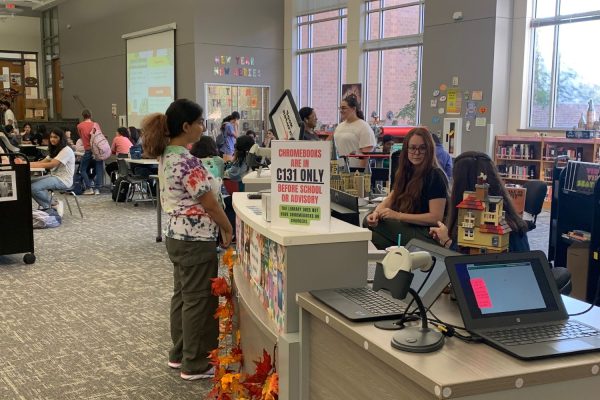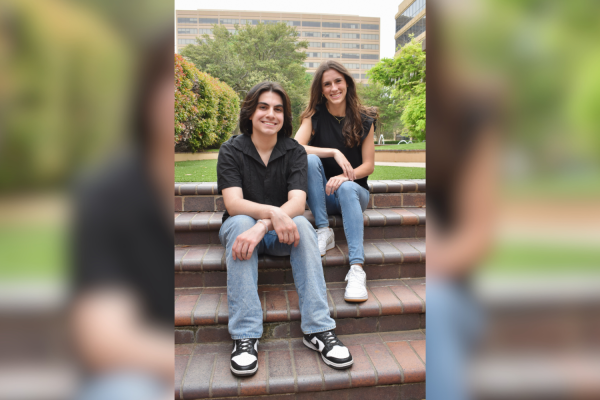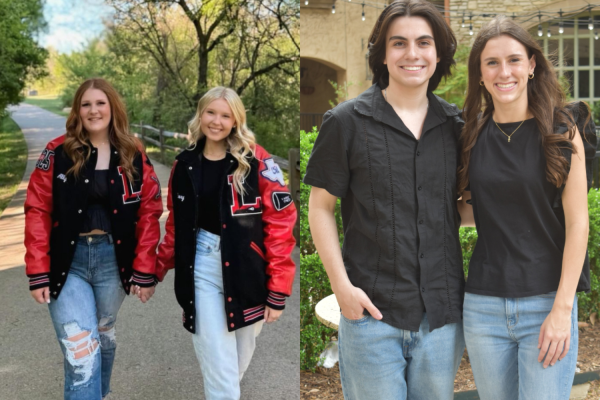Creating biomes
Taking home part of a biome experiment, senior Sophie Kwon holds a fish in a bag. The experiment tried to show students the stages of the water cycle.
Students taking AP Environmental Science are learning about ecosystems by creating miniature biomes that support fish, snails, and plants.
“It’s made out of two liter bottles, and on the bottom, there’s basically a mini-fish tank, that holds the fish and the snail and some plants,” senior Sophie Kwon said. “And then in the middle it’s like a compost with a lot of soil and other nutrients, and then it filters with charcoal and releases nutrients into the water. In the top, there’s a plant that feeds soil into the compost and we’re growing basil.”
If one [thing] changes, it can alter the whole system,
— AP Environmental Science teacher Jamie Berendt
The project consists of different bottles built on top of each other to create a self sustaining ecosystem, and the students will observe it for around four weeks.
“Right now we are learning about biomes, and ecosystems and trophic levels,” junior William Vo said. “So each bottle represents a different level.”
The top of the ecosystem is called the terrestrial chamber, which is followed by a student made compost system directly underneath it.
“A lot of the nutrients from the terrestrial chamber will feed into the compost, where they actually have worms from a compost we have in class,” AP Environmental Science teacher Jamie Berendt said. “All of those nutrients will break down and help the worms, and then the nutrients from that will then feed into the aquatic chamber.”
The aquatic chamber consists of plants such as elodea and duckweed, snails, and some students opted to include fish.
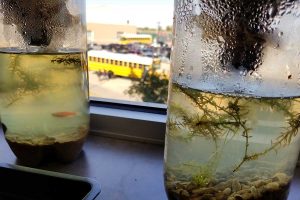
The project consists of different bottles built on top of each other to create a self sustaining ecosystem, and the students will observe it for around four weeks.
“Right now we are learning about biomes, and ecosystems and trophic levels,” junior William Vo said. “So each bottle represents a different level.”
“All of those nutrients from those chambers above them, feed into the aquatic chamber, which feeds the snail and the fish, as well as the plant,” Berendt said. “The fish provide, through their waste, forms of nitrogen that go back to the plant which feeds them. The plant provides oxygen that the snail and the fish need.”
The experiment represents the same cycles that occur in natural aquatic ecosystems.
“The nutrients from the chambers above help with things such as phosphorous or nitrates, other things that might be lacking, as well as the water cycle that has got to be completed in that,” Berendt said. “So it’s self sustainable, we’re watching it, and monitor all the different biogeochemical cycles.”
Although the project consists of many intricate steps, it serves to reflect one overarching concept.
“[I hope students learn] that how all the abiotic and biotic factors are interrelated, and they depend on one another in an ecosystem,” Berendt said. “And if one [thing] changes, it can alter the whole system.”
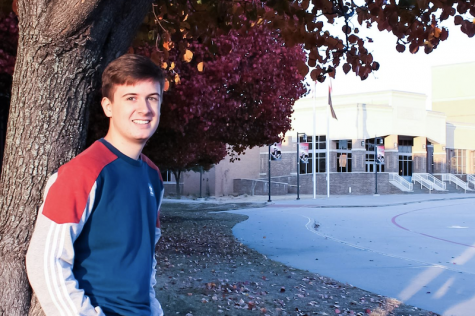
Lucas is a senior in his fourth year of Wingspan. As vice-president of Youth and Government on campus and at the Plano YMCA, he helps teach members bill-writing...



